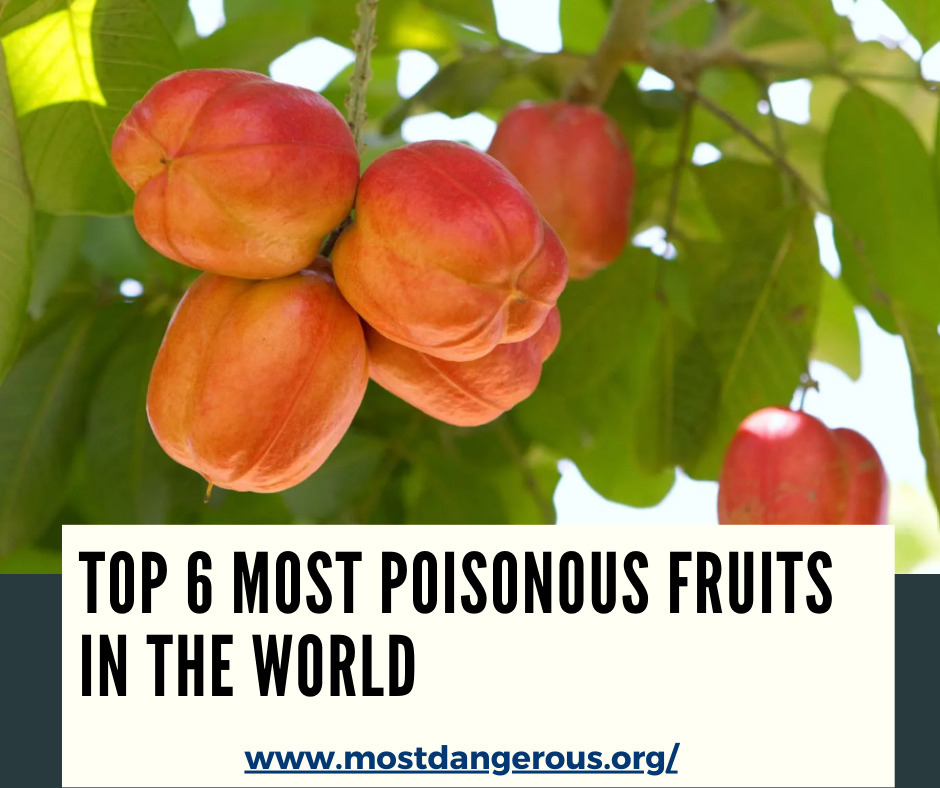Fruits are often celebrated for their vibrant colors, refreshing flavors, and nutritious properties.
However, not all fruits are as benign as they seem. Some conceal deadly toxins that can cause illness or even death if consumed.
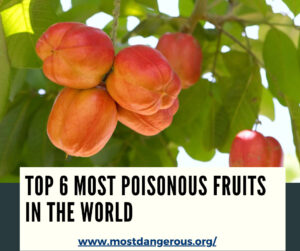
In this article, I’ll delve into the world of the most poisonous fruits, highlighting their lethal properties and the dangers they pose to unsuspecting foragers.
Top 6 Most Poisonous Fruits in the World
1. Manchineel
The Manchineel tree, native to the Caribbean and parts of Central and South America, produces small, apple-like fruits that are deceptively deadly.
Every part of the Manchineel tree, including its fruits, leaves, and sap, contains potent toxins known as phorbol esters.
Ingesting even a small amount of the fruit can lead to severe gastrointestinal symptoms, respiratory distress, and potentially fatal outcomes.
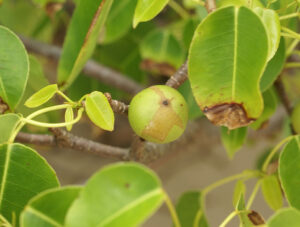
2. Ackee
The Ackee fruit, native to West Africa and widely cultivated in the Caribbean, is a staple ingredient in traditional dishes such as Jamaica’s national dish, ackee and saltfish.
However, unripe Ackee fruits contain high levels of hypoglycin A and hypoglycin B, toxins that can cause Jamaican Vomiting Sickness if consumed.
Symptoms include severe vomiting, hypoglycemia, and in severe cases, coma or death.
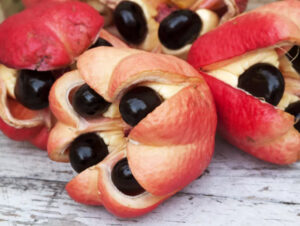
3. Rosary Pea
The Rosary Pea, also known as Jequirity pea or Crab’s eye, is a small, red seed found in tropical regions around the world.
Despite its attractive appearance, the seeds of the Rosary Pea contain abrin, a highly toxic protein similar to ricin.
Ingesting just one or two seeds can be lethal, as abrin disrupts protein synthesis and leads to organ failure.
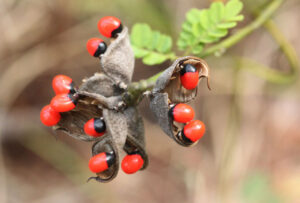
4. European Spindle
The European Spindle tree produces striking red or orange berries that are enticing to the eye but deadly to the touch.
The berries contain alkaloids such as taxine, which can cause symptoms ranging from nausea and vomiting to seizures and cardiac arrest.
Ingesting even a small quantity of European Spindle berries can be fatal, particularly to children and pets.
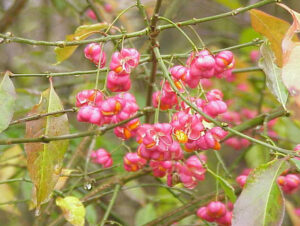
5. White Baneberry
Also known as Doll’s Eyes due to its eerie appearance, the White Baneberry produces clusters of white berries with distinctive black dots.
These berries contain cardiogenic toxins called cardiogenic glycosides, which can cause cardiac arrest and death if ingested.
While rarely fatal in adults, White Baneberry berries pose a significant risk to children who may mistake them for edible fruits.
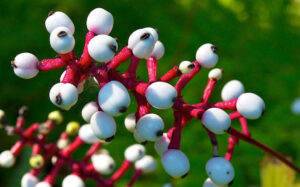
6. Jatropha
Jatropha, a shrub native to Central America and Africa, is known for its toxic properties, particularly in its seeds.
These seeds contain phorbol esters, which can cause severe gastrointestinal distress and even organ damage if ingested.
Despite its toxicity, jatropha seeds are used for biodiesel production, and the plant has been explored for medicinal purposes.
However, caution is required when handling jatropha plants, and ingestion should be avoided.
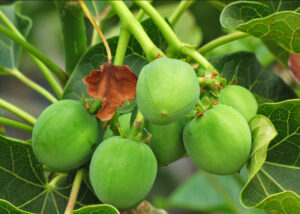
BONUS
Yellow star fruit
Yellow star fruit, also known as carambola, is a tropical fruit with a distinctive star shape when sliced.
While it is enjoyed by many for its sweet and tangy flavor, it can be dangerous for individuals with kidney problems.
The fruit contains a high level of oxalic acid, which can be toxic when consumed in large quantities by people with kidney issues.
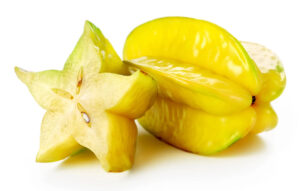
Elderberries
Elderberries are a popular ingredient in syrups and jams, but consuming unripe berries or other parts of the plant can lead to nausea and severe stomach aches.
The plant contains a cyanide-inducing glycoside, especially in the roots, stems, leaves, and seeds.
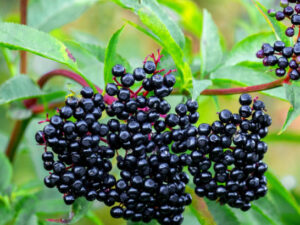
Bottom Line
While the allure of wild fruits may be tempting, it’s essential to exercise caution when foraging in unfamiliar environments.
Many seemingly innocuous fruits conceal deadly toxins that can have severe consequences if consumed.
When in doubt, it’s best to stick to familiar, cultivated fruits and avoid sampling unknown varieties in the wild. After all, when it comes to poisonous fruits, it’s better to be safe than sorry.
ALSO READ:
